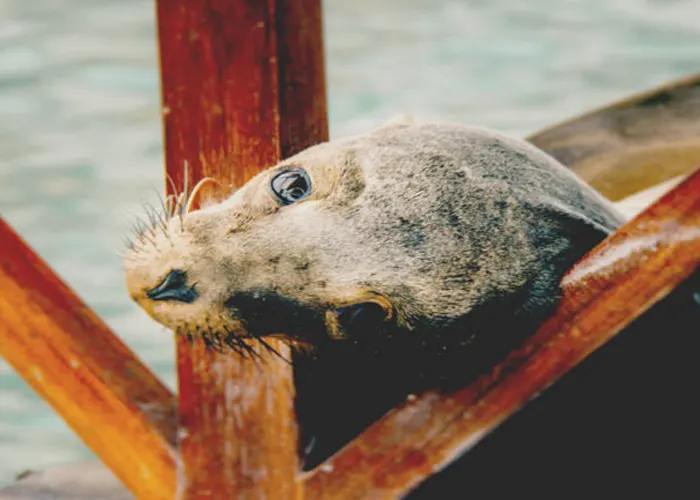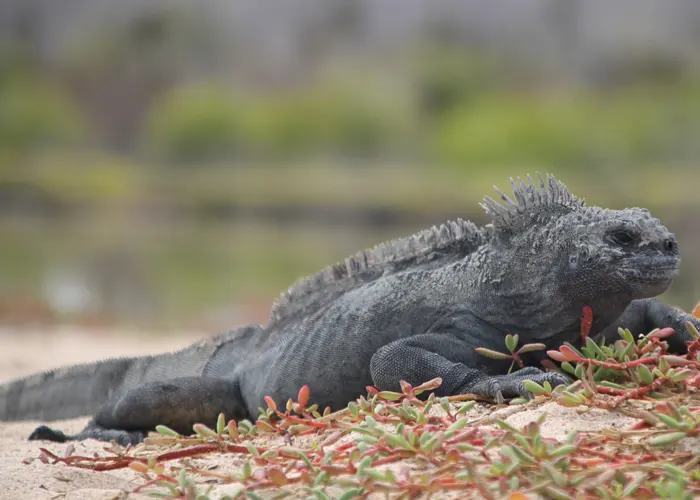Isabela Island Galapagos
Isabela island
Discover Isabela Island the Natural Wonder of the Galapagos Archipelago
- Area: 4588 km²
- Highest point: Wolf volcano: 1737 m
- Population: 2,200 inhabitants
- Travel options: Speedboat, cruise ship, small airplane
Visitor highlights:
- Wall of tears
- Turtle breeding center and wetlands
- Sierra Negra volcano
- Concha Perla
- Los Túneles
- Tintoreras
- Moreno Point
- Elizabeth Bay
- Urbina Bay
- Tagus Cove
- Vicente Roca Point
- Important animals and plants: Various species of turtles, Galapagos penguins, flightless cormorants, flamingos, mangrove finches (endemic), land iguanas, lava herons, Galapagos mockingbirds, tree ferns, scalesia, mangroves and much more.
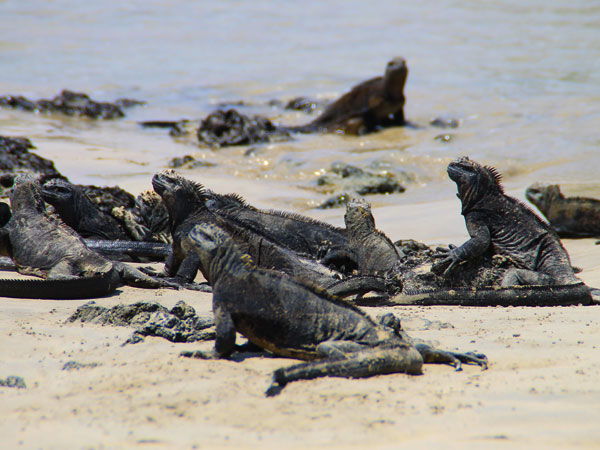
General information
Isabela is the largest island in the Galapagos archipelago, comprising over half of its total land area. It was formed by the merging of six volcanoes, the majority of which remain active to this day. Positioned as one of the most westerly islands, Isabela continues to lie in close proximity to the volcanic hotspot responsible for the creation of the Galapagos Islands.
Named after the Spanish Queen Isabella I, who provided crucial financial support for numerous exploration voyages during the age of colonization, the island was originally called Albermarle in English, after Ambrose Cowley’s Duke Albemarle, an early explorer who set foot on the island around 1684. Throughout history, Isabela has served as a haven for pirates, buccaneers, and whalers, who frequented the sheltered Tagus Bay in the northwest. Notably, Charles Darwin visited the island in 1835.
The present-day capital, Puerto Villamil, was established by Antonio Gil, a prominent figure from Guayaquil. Initially, the island’s economy revolved around lime production derived from burnt coral, as well as sulfur extraction from a volcanic crater near the settlement of Santo Tomas. However, both endeavors faced challenges, particularly due to limited water resources. Today, the island’s population sustains itself primarily through fishing, agriculture, and tourism.
On Isabela, numerous lava fields, relatively young in geological terms, contribute to soil that lacks richness in nutrients, resulting in less lush vegetation compared to other islands. Nonetheless, the island boasts astonishing biodiversity: it hosts more wild turtles than all other islands combined, with each volcano harboring its own unique subspecies. The nutrient-rich waters along the west coast offer ideal conditions for whales, fish, and seabirds, with around 16 whale species spotted in the area.
Isabela is a popular destination on many cruise tours and can be seamlessly integrated into island-hopping itineraries. For those seeking a tranquil experience to explore the island extensively with guided day trips, individual hotel stays are also available. We’re here to provide personalized recommendations to enhance your Isabela adventure.
Places to visit on Isabela Island
Wall of tears
The rather somber site of “Muro de lágrimas” (Wall of Tears) lies approximately 7 km outside of Puerto Ayora and can be reached on foot via a marked hiking trail. The path winds past white sandy beaches and lagoons surrounded by all four mangrove species found on the Galapagos Islands. After traversing a stretch of dry zone, you’ll arrive at the wall. It was built as a forced labor project by prisoners of the notorious penal colony “Porvenir.” Construction of the roughly 150 m long wall made of sharp-edged lava stones lasted from 1946 to 1959, a period marked by countless fatalities, making the wall a monument to this dark time.
Today, amidst the stones, colorful lava lizards scurry about. Nearby viewpoints offer breathtaking views of the bay and surrounding landscape.
The Wall of Tears is also one of the destinations visited by the Solaris yacht and the Treasure catamaran.
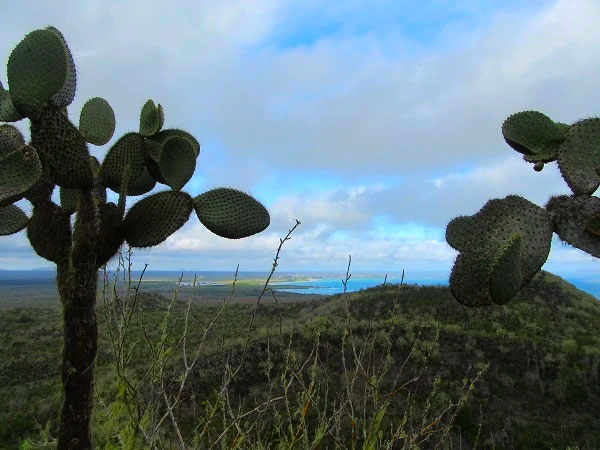





The Tortoise Breeding Center and Wetlands
The Arnaldo Tupiza Breeding Center is located approximately 1.5 km north of Puerto Villamil and is easily accessible on foot. Within the center, several subspecies of Galapagos giant tortoises endemic to Isabela Island can be found, including those currently considered endangered. Through breeding facilities, turtle eggs are incubated here, while adult tortoises are cared for in expansive enclosures. A stroll through the center allows visitors to witness firsthand the efforts to preserve individual species and expand populations.
En route to the breeding center, visitors pass through wetlands extending to the coast. The lakes and marshes are a haven for birdwatchers, as over 20 species of shorebirds can be observed here, including flamingos. All four mangrove species can be found in the wetlands.

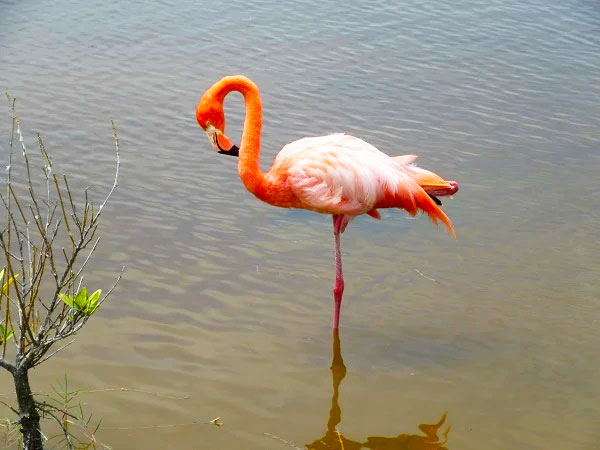
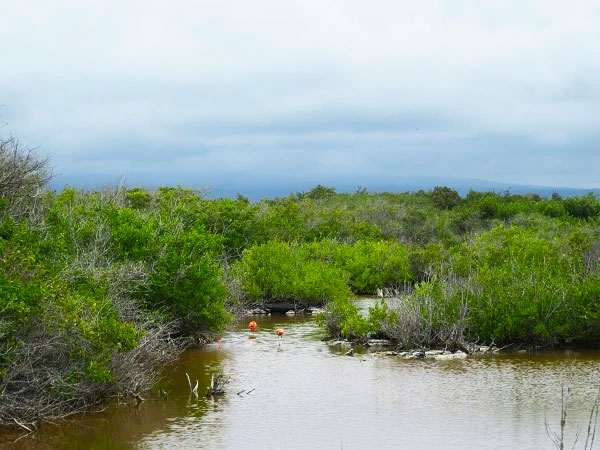


Sierra Negra volcano
Visiting the Sierra Negra volcano is possible through a guided hike from Puerto Villamil. The journey begins with a small bus or group vehicle ride to Santo Tomás, taking about 45 minutes. From there, you’ll trek approximately 9 km to the crater’s edge. Standing at 1490 meters, it ranks among the tallest peaks on Isabela. The impressive caldera spans 10 km north-south and 9 km east-west, making it the second-largest caldera in the world. The hike along the crater’s edge offers spectacular views of the moon-like landscape, with vistas extending to other volcanoes on Isabela and as far as Fernandina Island. A side trip to the active neighboring volcano, Volcan Chico, is worthwhile, offering views of relatively young, solidified lava flows. For a more extensive hike, you can explore a system of fumaroles, or volcanic steam vents, where sulfur was once mined during colonization.
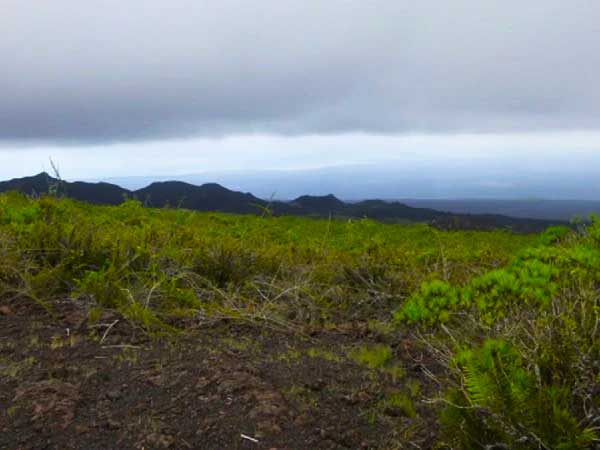
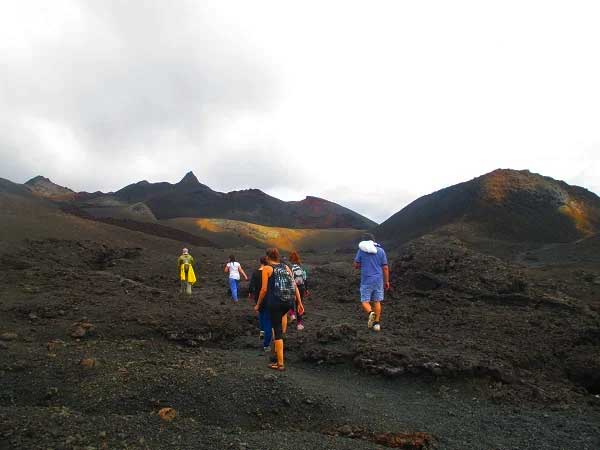
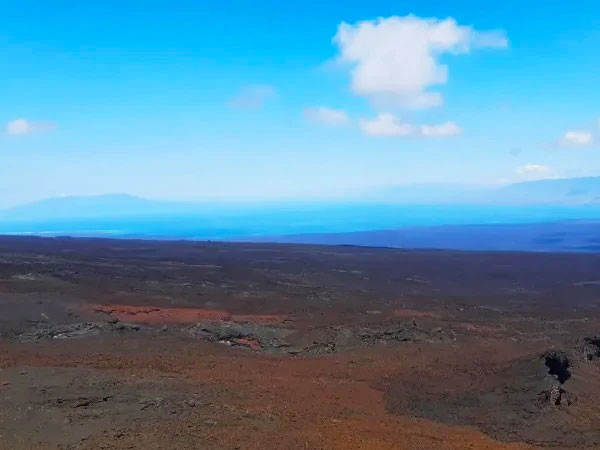
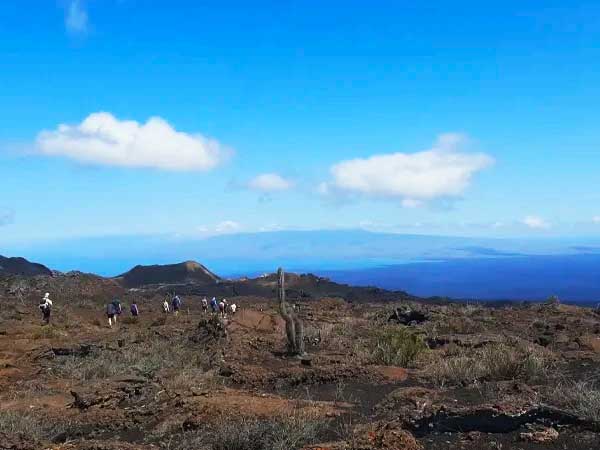
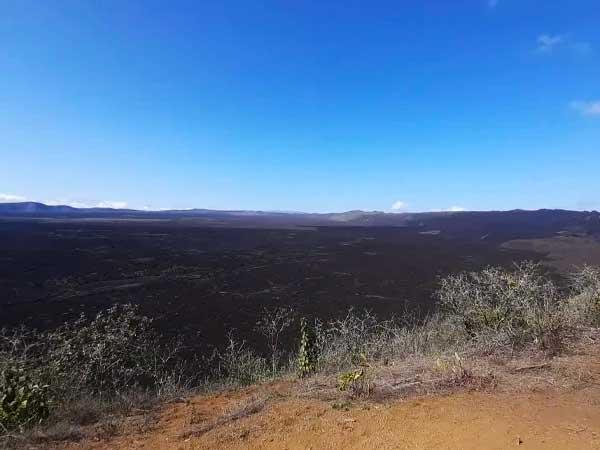
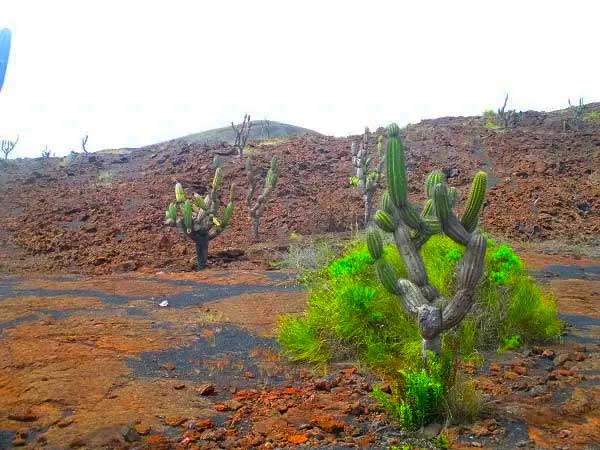
Concha Perla
The turquoise, crystal-clear waters of Concha Perla Bay can be reached by taking a leisurely stroll from Puerto Villamil. It’s approximately a 20-minute walk to the pier, or you can opt for a taxi. From there, a narrow wooden walkway winds through mangroves to a platform. Here, you can climb or jump into the natural pool of Concha Perla and marvel at the underwater world with or without snorkeling gear. Above water and among the mangroves, you’ll often spot sea lions, penguins, brown pelicans, Darwin’s finches, marine iguanas, flamingos, and various species of migratory birds.
Los túneles
The lava tunnels in the south of Isabela were formed when lava plates collapsed and partially plunged into the sea. This created an underwater tunnel system, while various-sized bridges, arches, and platforms remained above water, often inhabited by seabirds including flamingos, albatrosses, blue-footed boobies – some nesting or with chicks – as well as frigatebirds. The underwater world is incredibly diverse, a paradise for divers and snorkelers. You can observe sea turtles leisurely swimming by, spot whitetip reef sharks in the rocky caves, and watch various species of rays, seahorses, crabs, colorful tropical fish, and diving sea lions. The journey is made by excursion boat from Puerto Villamil and takes about 45 minutes. Along the way, you’ll pass through mangroves and eventually between the lava formations, some of which are adorned with cacti.
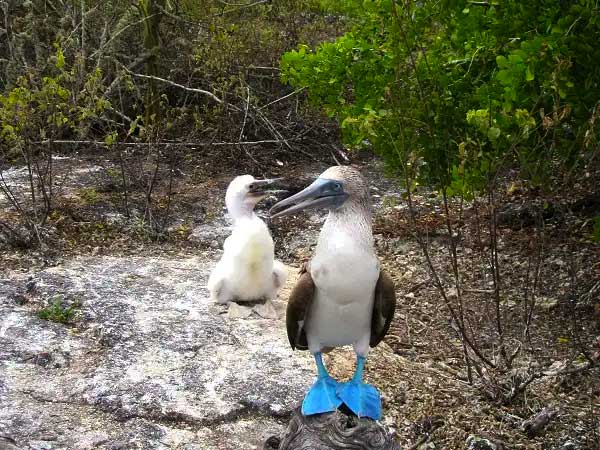
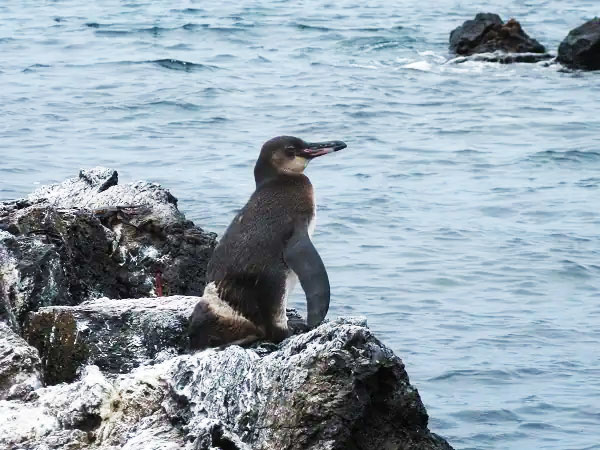
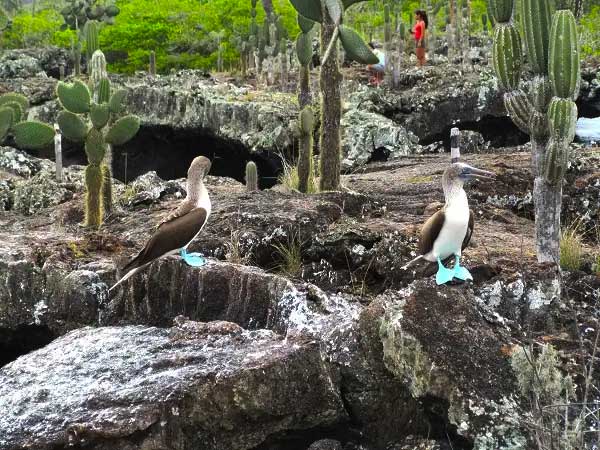
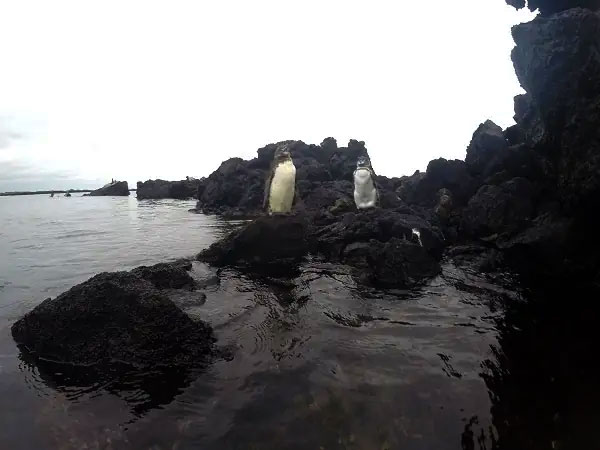
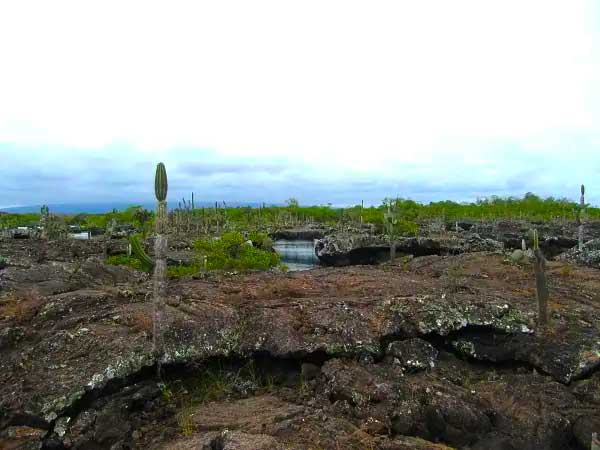
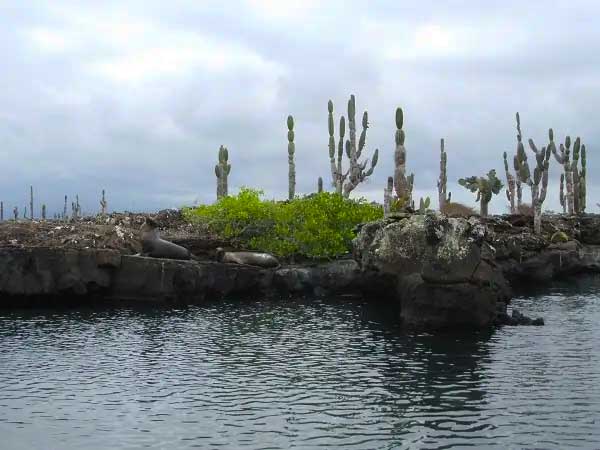
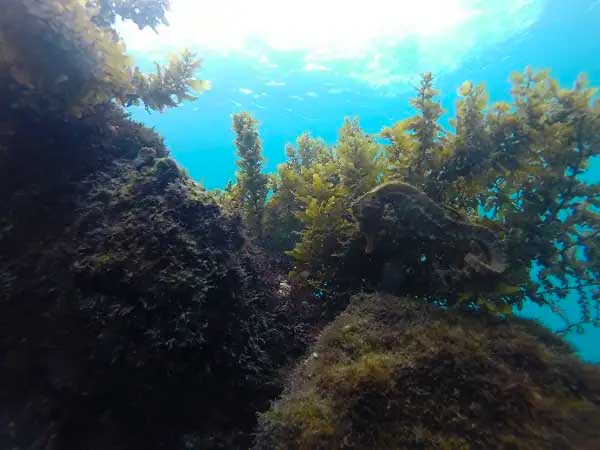
Tintoreras
With just a short 10-minute boat ride by kayak or Panga from Puerto Villamil, you can reach this cluster of tiny islets surrounded by turquoise waters. You can also explore this area as part of a cruise, for example, aboard the Estrella yacht. The name “Tintoreras” is the Spanish term for whitetip reef sharks, which are characteristic of the waters around the islets. Snorkeling in various spots provides excellent opportunities to observe these sharks. Other species such as sea turtles, sea lions, marine iguanas, and colorful tropical fish can also be spotted. With some luck, you may even see Galapagos penguins perched on the rocky islets. It’s quite likely to encounter blue-footed boobies, various seabirds, herons, and marine iguanas. On one of the larger islands in the group, there’s a short walking trail across a field of lava rock. Even from here, you can observe the underwater world in the pools and rocky crevices.
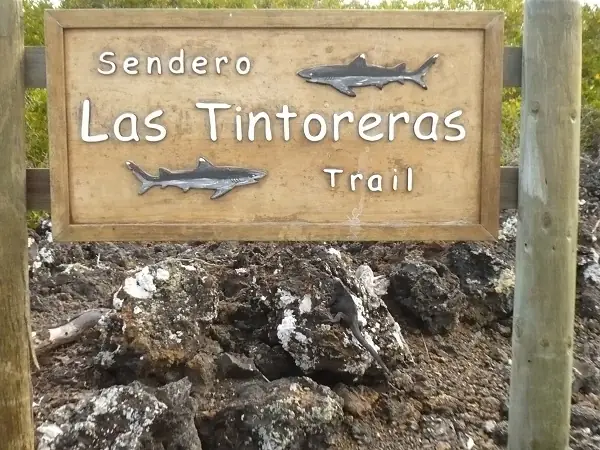
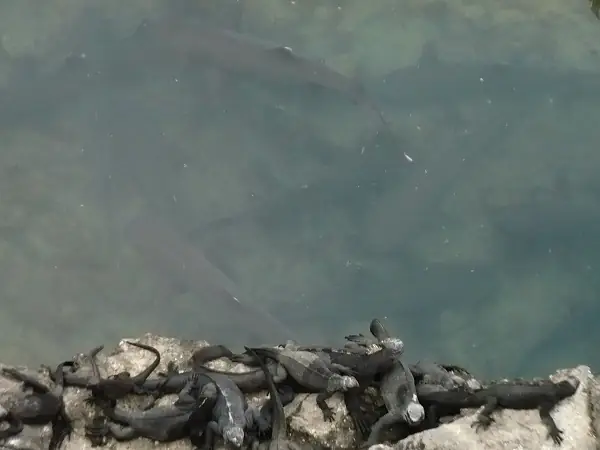
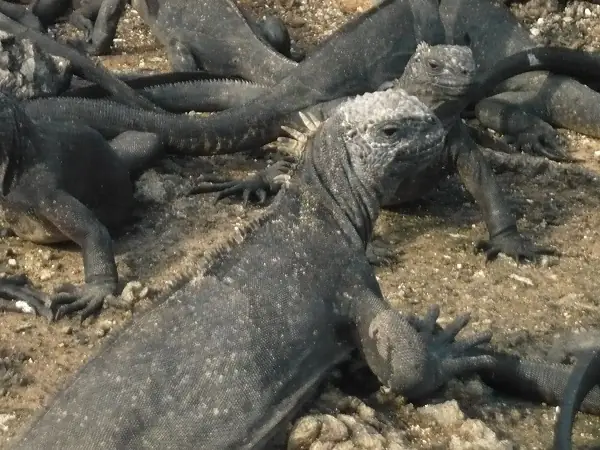
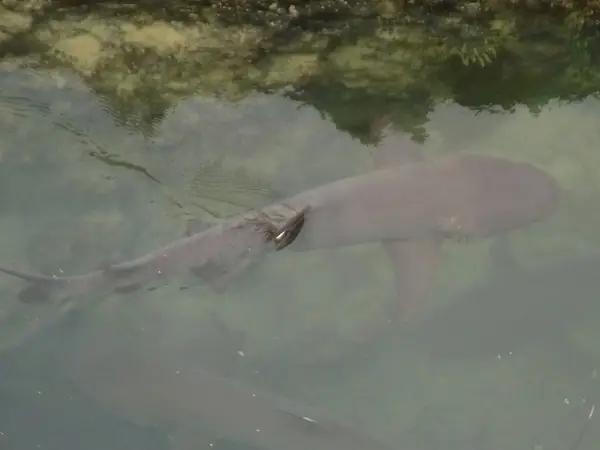
Moreno Point
Moreno Point is a visitor site located in the southwest of Isabela Island, accessible only as part of a cruise itinerary, for example, aboard the Archipel I catamaran or the Mary Anne sailing ship. Even from the ship and as you approach the landing site by Panga, you’ll enjoy an impressive view of Isabela’s landscape, with Vulcan Cerro Azul in the background. You can take a hike across Pāhoehoe lava fields, formed by fluid lava that shaped this moon-like landscape. Please remember to wear sturdy footwear for the hike. The somewhat sparse vegetation is characterized by cacti, grasses, and ferns, while the coastal lagoons are lined with mangroves. Here, you can observe flamingos, Bahama pintails, the endemic flightless cormorants, and other coastal birds. While snorkeling in the waters off Moreno Point, you may encounter sharks, sea turtles, and rays.
Elizabeth Bay
Elizabeth Bay is also a popular spot on Isabela Island during a cruise, often visited by vessels like the Ocean Spray. While there are no landings permitted here, the surroundings are equally fascinating from the water. The bay, protected and surrounded by red and black mangroves, serves as a popular resting and feeding area for sea turtles. Additionally, visitors can spot the endemic flightless cormorants, pelicans, lava herons, and other seabirds. On the islets off the bay, such as Mariela Islet, Galapagos penguins can likely be observed from the water or from a Panga boat. Underwater, alongside the sea turtles, you’ll find rays, whitetip reef sharks, and colorful tropical fish.
Urbina Bay
Urbina Bay, located in the west of Isabela Island, is a geographically fascinating site. During the last eruption of the Alcedo Volcano in 1954, approximately 6 km of the coastline was uplifted by about 5 meters. On this newly formed stretch of shore, you’ll find remains of deceased marine life, primarily coral heads. Following a wet landing as part of your cruise, for example, aboard the Nemo II, you can follow the trail that leads across this young coastline. Along the way, you’re likely to observe giant tortoises and iguanas. With some luck, you may also spot mockingbirds, Galapagos hawks, and Darwin’s finches. Flightless cormorants are often seen near the shore. Before returning to the ship, you’ll have the opportunity to snorkel.
Tagus Cove
Also located in the west of Isabela, directly across from Fernandina Island, is the vast semicircular Tagus Bay. Like other sites, this location can only be visited via a cruise, such as with the Calipso yacht. Even during the approach by dinghy, you can observe various seabirds. In the past, the bay was a popular anchorage for whalers and pirates, as evidenced by names and words carved into the rocks. After a dry landing, a steep but short path leads first to Darwin Lake, directly behind the bay. This is a saltwater lake located in a tuff cone. Continuing along the path through typical dry vegetation, you’ll reach a viewpoint offering an impressive panorama of Isabela with its various volcanoes, as well as a view towards Fernandina Island.
Back at the water’s edge, you should take the opportunity to snorkel, as you may encounter various species of sharks, sea turtles, and perhaps even starfish and seahorses.
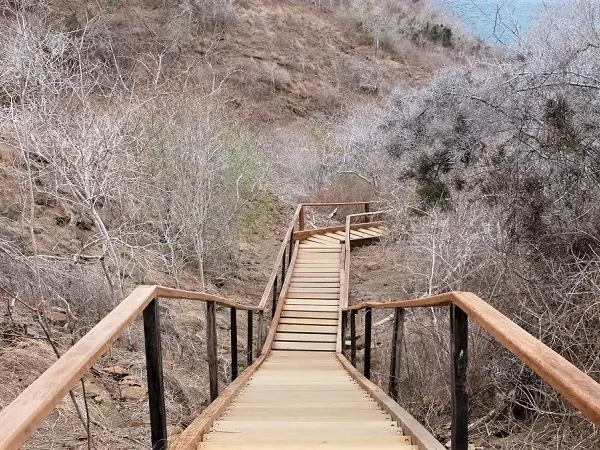
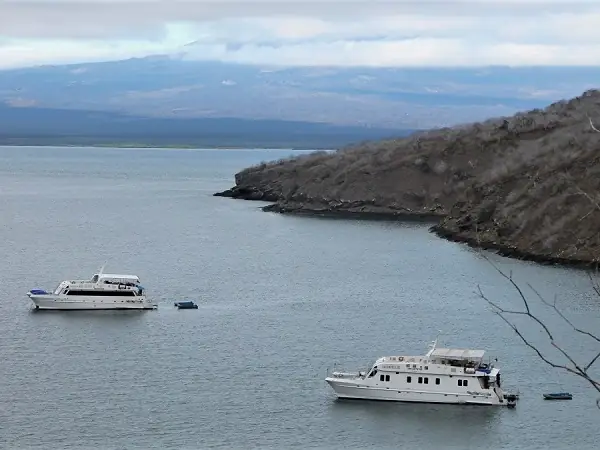
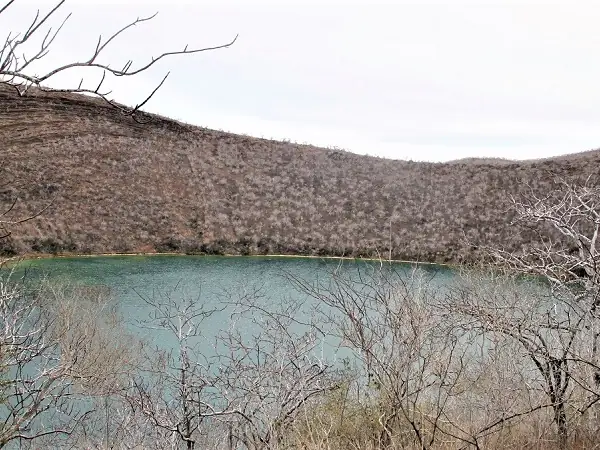
Vicente Roca Point
Vicente Roca Point is located at the western tip in the north of Isabela Island and is renowned for its amazing underwater world. There is no docking facility, so you’ll explore the area from the water, for example, during a cruise aboard the Samba sailing yacht. The geologically fascinating rugged coastline provides optimal nesting sites for various bird species, including blue-footed and Nazca boobies, gulls, and various swallow species. While diving and snorkeling, you can witness a diverse array of marine species feeding together, as the cool currents flowing here bring a rich food supply. For example, whales, dolphins, sunfish, tuna, green sea turtles, and sea lions are often seen in groups near each other.
